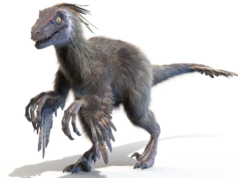
Imagine tiny bacteria hitching a ride on spacecraft and surviving the harsh extreme environment of space. Recently, NASA scientists discovered 26 new types of bacteria living in their spacecraft cleanrooms—areas designed to be ultra-clean to protect space missions. These bacteria aren’t just surviving; they’re thriving in conditions similar to space.
This surprising discovery raises fascinating questions about life beyond Earth and how we should prepare for space travel in the future. It shows that even in places designed to be sterile, life can find a way to persist, adapt and grow.
The Challenge of Keeping Spacecraft Clean
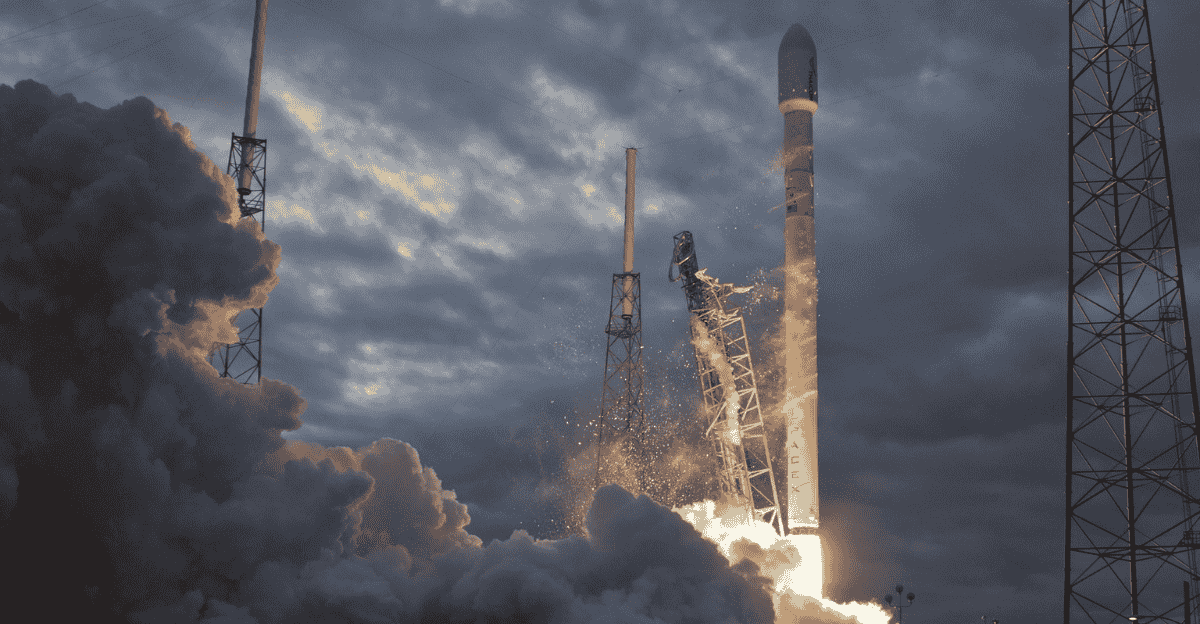
NASA’s cleanrooms are meticulously designed and maintained to prevent contamination of spacecraft and other planets. Despite these strict measures, microbes still find ways to persist. The discovery of these 26 new bacterial strains shows just how resilient life can be, even in extreme environments.
These bacteria have adapted to survive in low-nutrient, low-humidity conditions, which makes them particularly tricky to eliminate. It is critical that we understand these microbes, because it helps scientists figure out which organisms might survive space travel and potentially contaminate other worlds.
What Makes These Bacteria Special?

Some of the newly discovered bacteria have traits that could allow them to survive a vacuum, radiation, and extreme temperatures of space. This means they are able to endure long missions aboard spacecraft.
Their ability to resist harsh conditions is a reminder that life on Earth can be incredibly tough and adaptable. Learning about these bacteria helps NASA improve sterilization methods to keep space missions safe and prevent biological contamination of other planets, protecting both Earth and the cosmos.
Why This Discovery Matters to Everyone
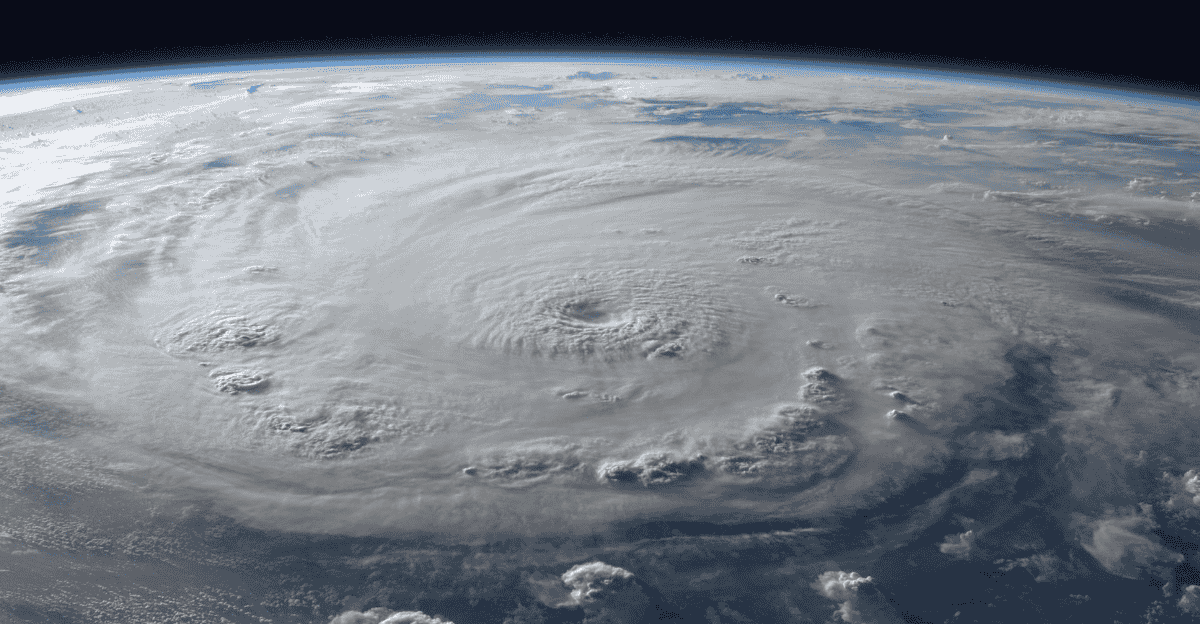
Beyond the many technical challenges for space exploration, these bacteria expand our understanding of the limits of life. If these microbes can survive in space-like conditions, it opens up new possibilities for where life might exist beyond Earth.
It also raises important questions about planetary protection—how do we ensure we don’t accidentally introduce Earth life to other planet components or bring harmful microbes back home? These concerns are crucial as humanity prepares for missions to Mars and other distant worlds.
The Role of Planetary Protection

Planetary protection is a set of guidelines designed to prevent contamination between Earth and other celestial bodies. The discovery of these hardy bacteria highlights why these protocols are so important and should be adhered to.
If Earth microbes hitch a ride on spacecraft and survive on other planets, they could interfere with the search for native extraterrestrial life. NASA’s findings push scientists to develop even stricter cleaning and sterilization techniques to safeguard both our planet and the integrity of space exploration.
Implications for Future Space Missions
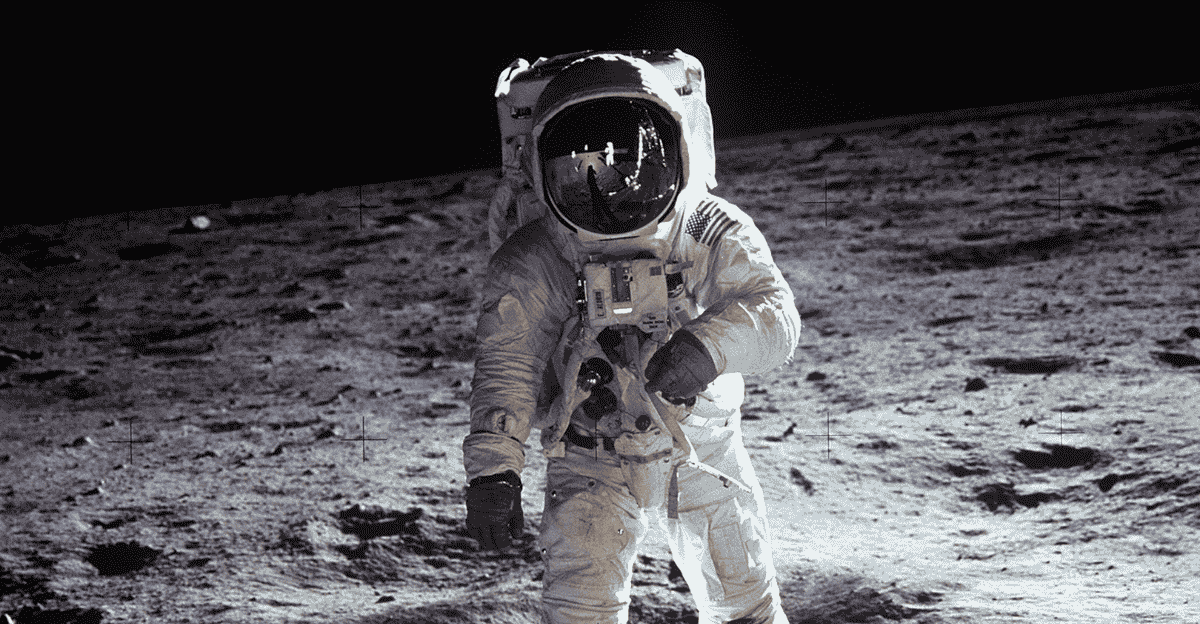
As NASA continuously plans ambitious missions to Mars, the Moon, and beyond, understanding these bacteria is vital. Spacecraft must be as free of microbial life as possible to avoid contamination from one space to the next.
These bacteria’s resilience means that current cleaning methods may be ineffective and need to be improved or redesigned. This research helps mission planners anticipate challenges and develop strategies to minimize microbial risks, ensuring that future explorers don’t unknowingly carry Earth’s tiniest passengers into the cosmos.
What This Means for Astrobiology
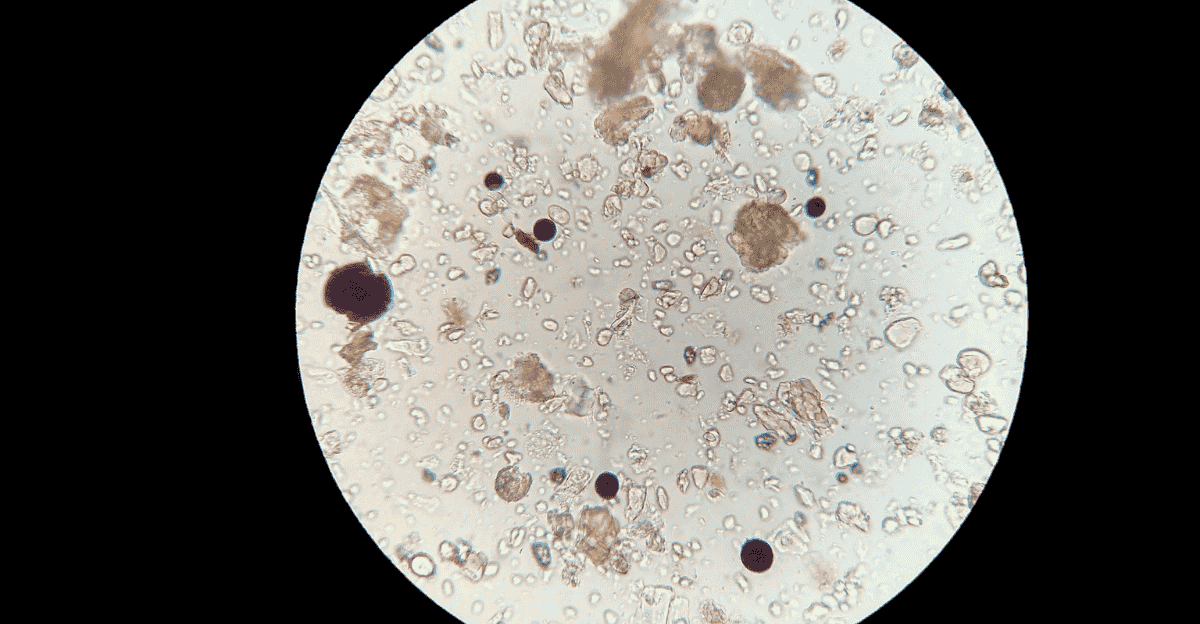
Astrobiologists study life in the universe, and these bacterial discoveries add an exciting piece to the puzzle complicated. If microbes can survive in spacecraft cleanrooms, they might also survive on other planets under the right conditions.
This significantly expands the potential habitats where life could exist beyond Earth. It also encourages scientists to refine their techniques for detecting extraterrestrial life, making sure they can distinguish between Earth-origin microbes and truly alien organisms.
A New Frontier in Microbial Research
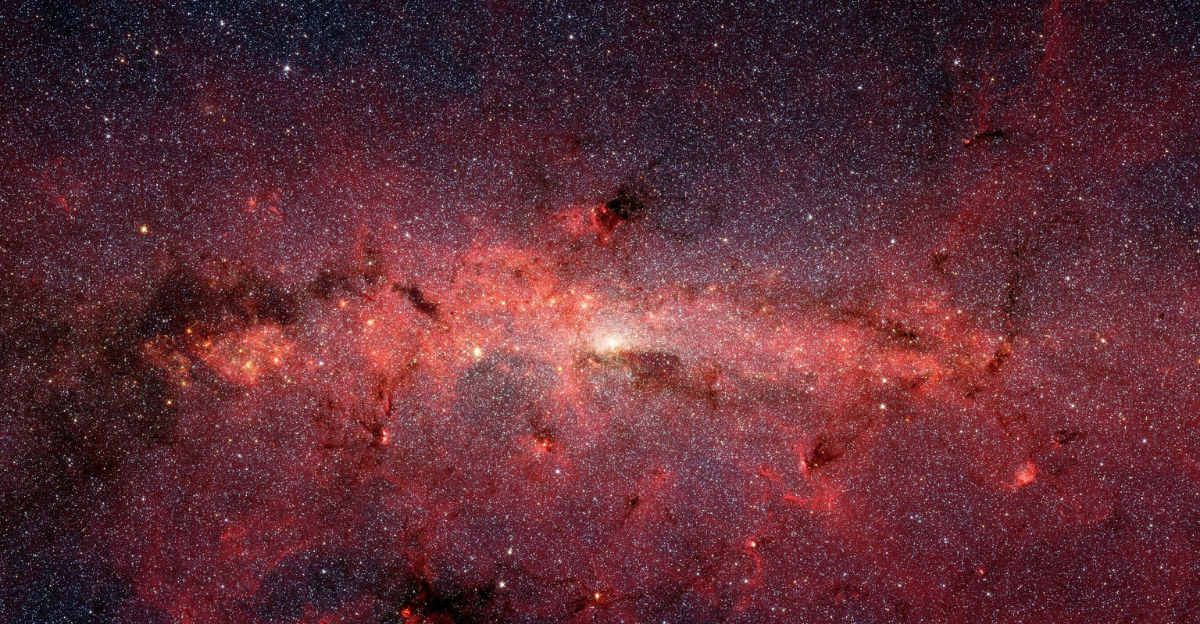
NASA’s latest discovery opens a new frontier in microbial research, blending microbiology with space exploration. In-depth study of these bacteria in could reveal unique survival mechanisms and biochemical adaptations developed in extreme environments.
These insights may not only deepen our understanding of life beyond Earth, but also inspire breakthroughs in biotechnology and innovative applications here at home. These insights might even have practical applications such as developing new antibiotics or biotechnologies inspired by space-hardy microbes. As we continue to explore space, the tiny organisms we find along the way could teach us a lot about resilience, adaptation, and the possibilities of life in the universe.
The Human Factor: How We Influence Space Microbial Life
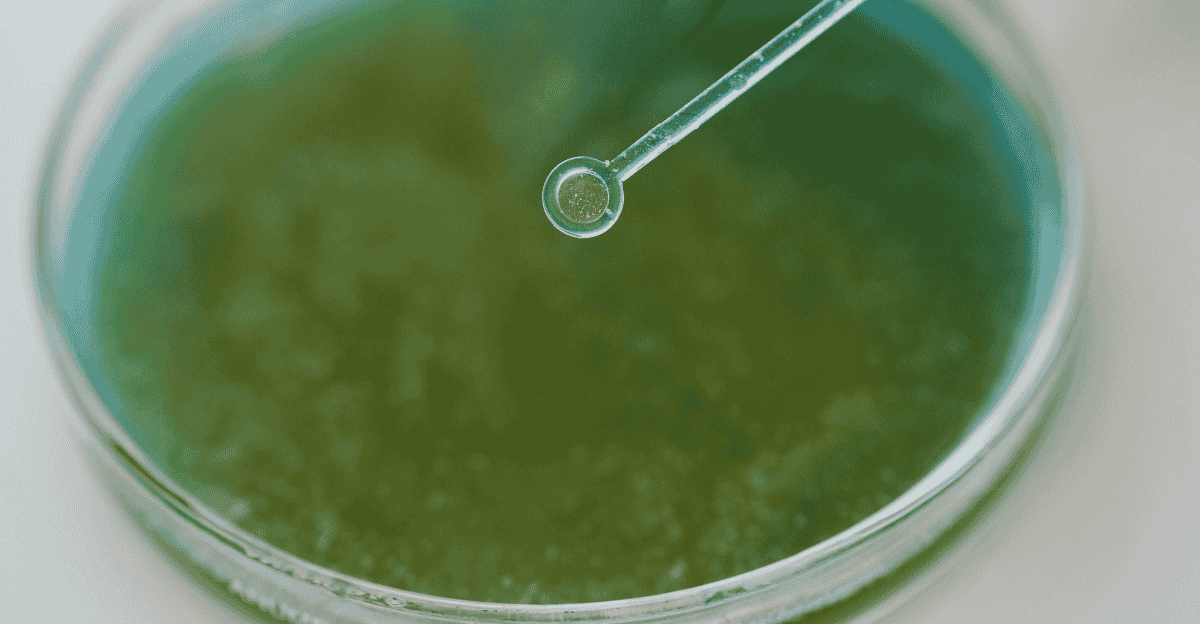
Interestingly, many of the bacteria found in NASA’s cleanrooms likely originate from humans themselves such as our skin, breath, and everyday presence. This reminds us that as much as we try to create sterile environments, human biology inevitably leaves its mark. It highlights the importance of understanding how the astronauts and the ground crews contribute to microbial contamination.
Future space missions will need to consider not only advanced sterilization but also how to manage the human microbiome in confined space habitats. After all, protecting space from the Earth microbes also means protecting the astronauts’ health during long journeys.
Looking Ahead: Protecting Space Missions and Exploring Life
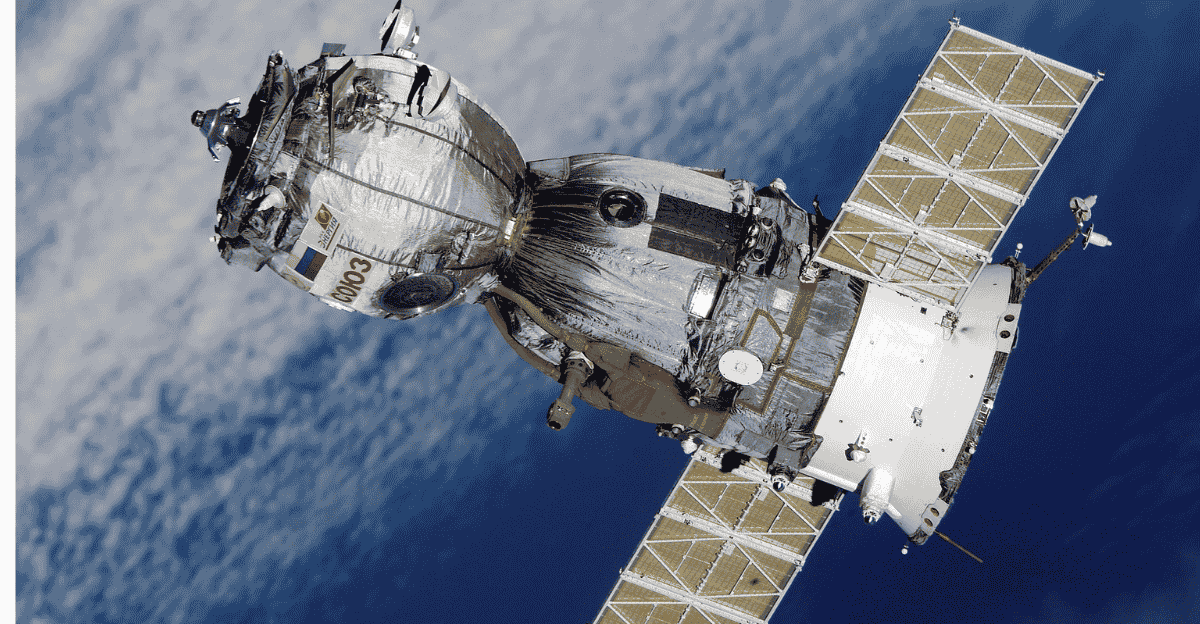
NASA’s research into these hardy bacteria highlights the unexpected and consequential challenges of exploring space. Even in the cleanest environments, life always finds a way. This discovery not only helps protect future missions but also sparks curiosity about life in the cosmos.
As we prepare for missions to Mars and beyond, understanding these bacteria is a key step toward exploring space safely and responsibly. It reminds us that the quest to discover life beyond Earth is as much about protecting our own planet as it is about exploring new worlds.
Explore more of our trending stories and hit Follow to keep them coming to your feed!

Don’t miss out on more stories like this! Hit the Follow button at the top of this article to stay updated with the latest news. Share your thoughts in the comments—we’d love to hear from you!



